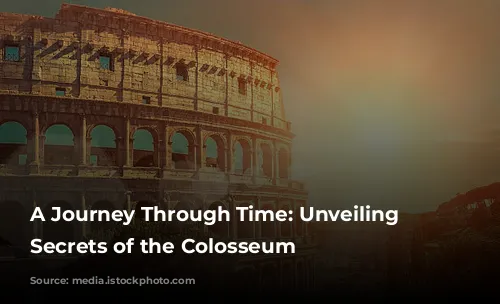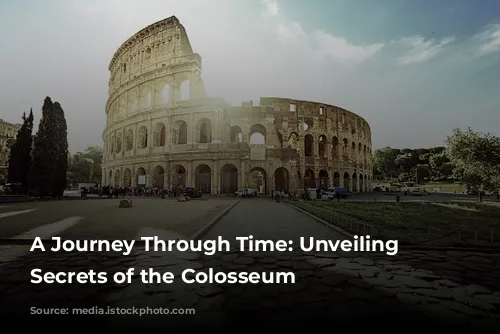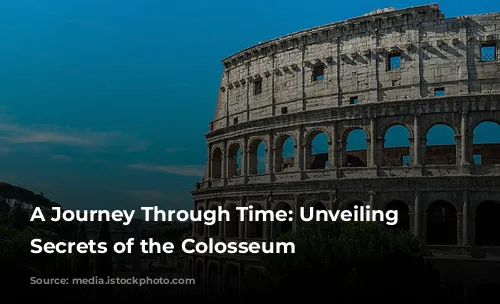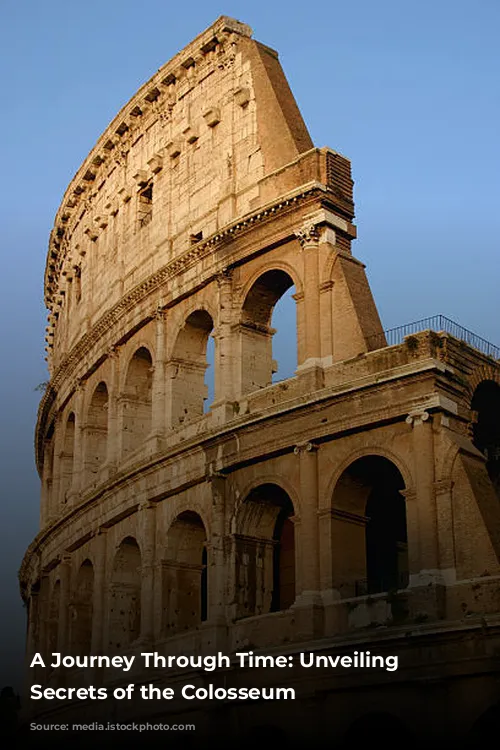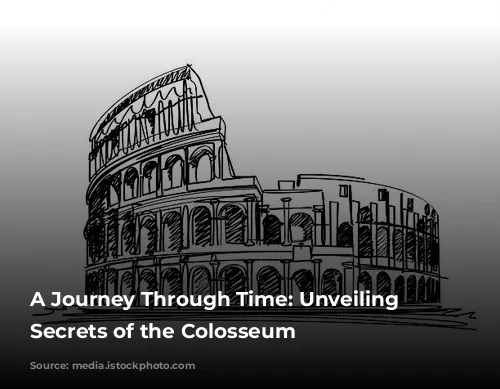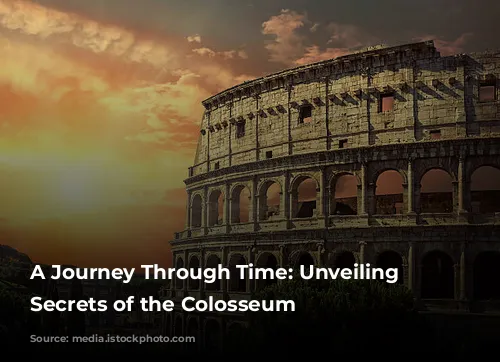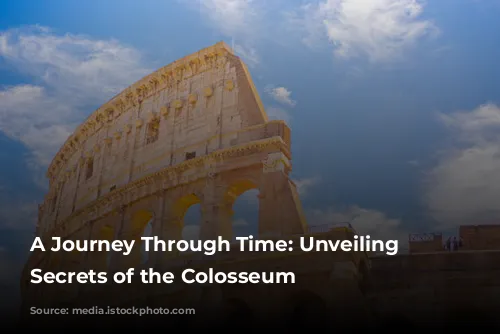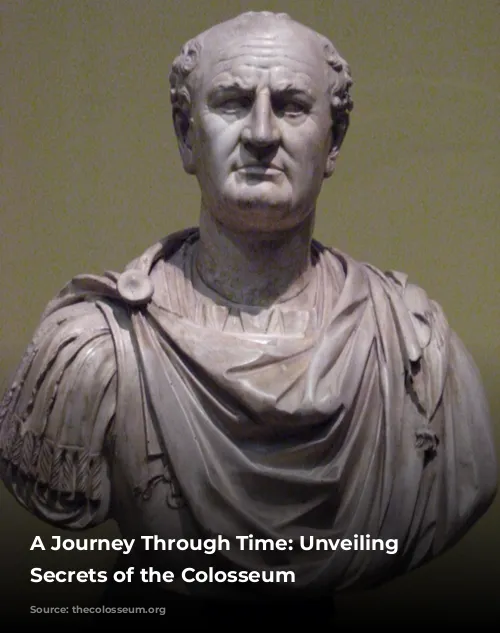The Colosseum, standing as a majestic testament to Roman grandeur, boasts nearly two thousand years of history. Its imposing structure has witnessed countless spectacles, from blood-curdling gladiator battles to breathtaking hunts and gruesome executions. Join us as we delve into this iconic landmark, revealing its fascinating past and enduring legacy.
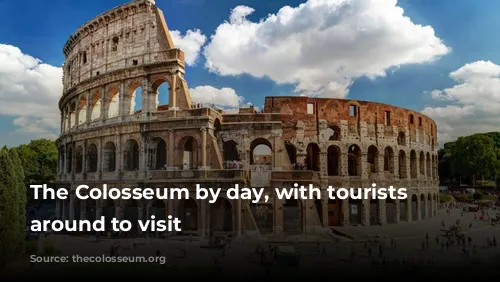
The Colosseum’s Construction: A Tale of Emperors and Slaves
The Colosseum’s construction began in 72 AD under the reign of Emperor Vespasian, and its grandeur was completed eight years later, in 80 AD. While Vespasian initiated the project, he unfortunately passed away before its completion. The task fell upon his two sons, Emperors Titus and Domitian, who saw the Colosseum through to its final stage. A massive workforce, primarily consisting of Jewish slaves, toiled under the watchful eyes of Roman engineers and skilled craftsmen to bring this architectural marvel to life.
Did you know? The Colosseum’s construction was fueled by the aftermath of the first Jewish-Roman war. The Temple of Jerusalem was plundered, and thousands of Jews were forcibly enslaved. It is estimated that a staggering 60,000 to 100,000 of them were employed in the Colosseum’s construction.
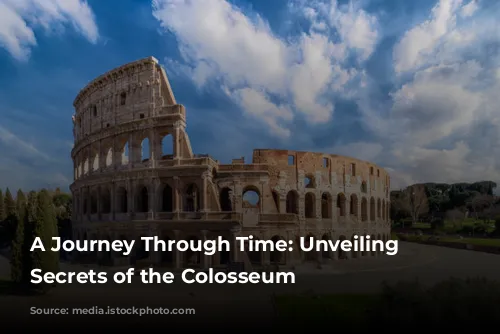
A Monument to Entertainment: The Colosseum’s Purpose
The Colosseum’s existence is a testament to the Roman Empire’s fascination with entertainment. The impetus for its construction arose from the Great Fire of 64 AD, which devastated a large portion of the city. Emperor Nero, infamous for his extravagance, seized the opportunity to erect a lavish palace for himself, the Domus Aurea, on the charred land. The citizens of Rome, however, were not pleased by this blatant display of opulence.
When Nero was deposed and Vespasian ascended the throne, he made a bold decision to dismantle Nero’s palace and, in its place, build a magnificent amphitheater for the enjoyment of all Roman citizens. This grand spectacle, christened the Flavian Amphitheater, was designed to unite the Roman populace in shared entertainment.
Did you know? The name “Colosseum” is believed to stem from the massive bronze statue of Emperor Nero that stood nearby, itself modeled after the Colossus of Rhodes.
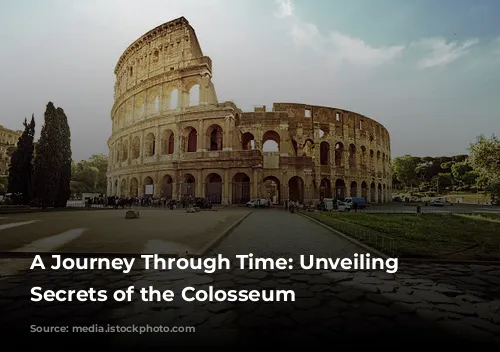
The Colosseum’s Mighty Dimensions: A Structure of Scale
The Colosseum, a marvel of Roman engineering, boasts an impressive oval shape with dimensions that speak volumes about its grandeur. It measures a staggering 189 meters in length, 156 meters in width, and 48.5 meters in height, covering a vast area of 6 acres.
The exterior walls of the Colosseum are adorned with three levels of columns, each displaying a different architectural order: Doric, Ionic, and Corinthian. Each level boasts 80 arches, 76 of which were numbered in Roman numerals, serving as a guide for spectators seeking their seats.
Time has taken its toll, leaving only 31 of the original 80 arches intact at the ground level, which stand as a poignant reminder of the Colosseum’s past glory.
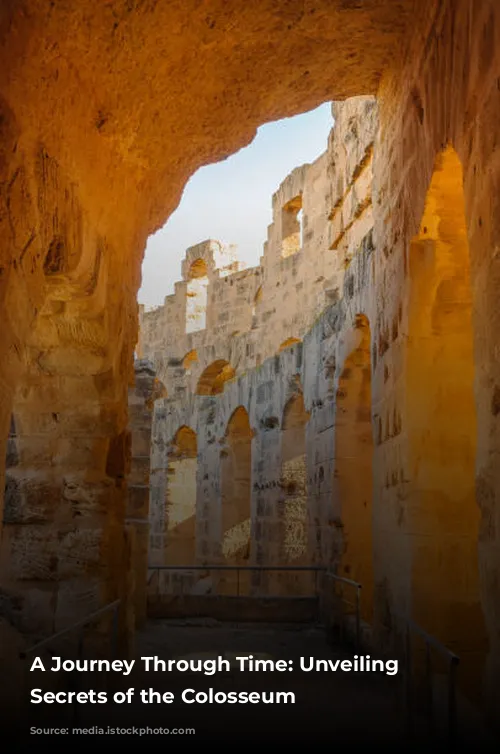
Beneath the Colosseum: A Hidden World of Secrets
Beneath the surface of the Colosseum lies a hidden world of tunnels and chambers known as the Hypogeum, a term that translates to “underground”. This intricate network was a bustling hub of activity, where gladiators, animals, and prisoners were kept before their fate unfolded in the arena.
80 vertical shafts provided access to the arena from the Hypogeum, while an elaborate system of trap doors allowed for the seamless deployment of scenic elements during spectacles.
Imagine the anticipation and tension that hung in the air as gladiators, animals, and prisoners waited in these subterranean chambers, their fate hanging in the balance.
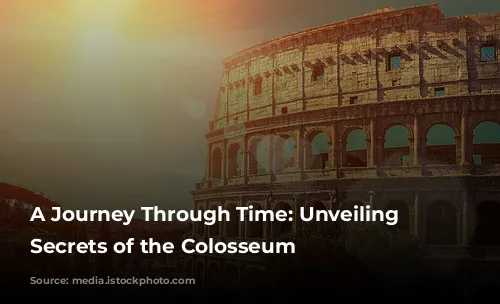
The Colosseum’s Legacy: A Theatre of Life and Death
The Colosseum was designed to accommodate vast crowds, with a seating capacity of 50,000 to 80,000 spectators. Its purpose was to entertain, but it also served as a stage for brutal displays of power and violence. Gladiator battles, hunts, and executions became regular fixtures, captivating the Roman populace.
The Colosseum witnessed countless deaths, with estimates suggesting that over 400,000 individuals, including gladiators, slaves, convicts, prisoners, and entertainers, met their demise within its walls over the 350 years it was utilized for these spectacles.
While the Colosseum is a symbol of Roman power and grandeur, it also serves as a chilling reminder of the cruelty and brutality that existed in this ancient civilization.

A Journey Through Time: The Colosseum’s Enduring Appeal
The Colosseum remains a captivating monument, drawing millions of visitors each year. Its grandeur and historical significance continue to fascinate and inspire awe.
As we step back in time, we are transported to an era of gladiatorial combat, exotic hunts, and extravagant displays of power. The Colosseum stands as a testament to the Roman Empire’s ingenuity and its capacity for both entertainment and brutality. Its enduring presence reminds us of the complexities of history, the power of spectacle, and the enduring fascination with the past.
